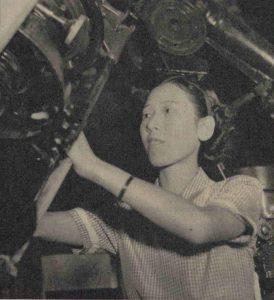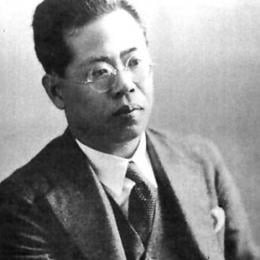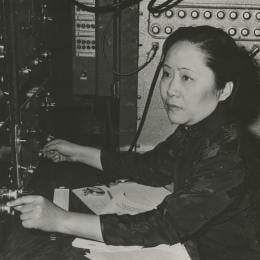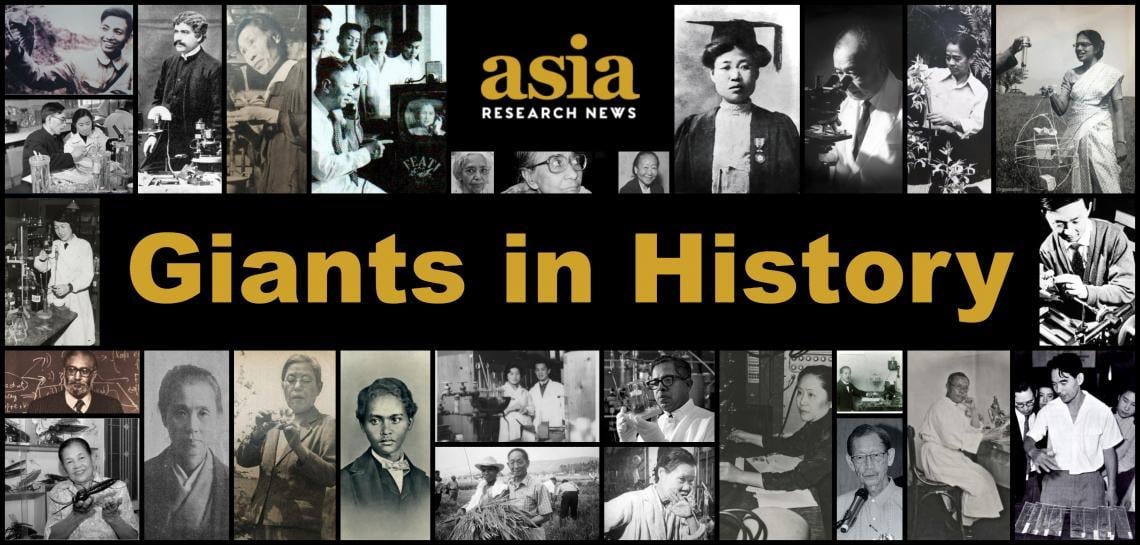The astronomer who watched the sun
Haisako Koyama ( 1916 - 1997)
Japan

Haisako Koyama (1916 – 1997) was a Japanese solar observer whose dedication to recording sunspots – cooler parts of the sun’s surface that appear dark – produced a sunspot record of historic importance. Her detailed sunspot sketches over several decades became central to other scientists’ efforts to reconstruct a continuous sunspot record dating back to 1610. Sunspots are the precursors of solar flares – intense outbursts of energy from the surface of the sun that can disrupt radio transmissions and power grids on Earth – and monitoring them provides insights into how and why solar flares occur. Koyama’s forays into astronomy began when she was a young woman living in Tokyo during World War II. She constructed her own telescope, and during air-raid blackouts of the city would seize the opportunity to observe stars in clear and dark skies. Koyama went on to work as a solar observer at the Tokyo Science Museum, now the National Museum of Nature and Science, Tokyo, for over four decades, and sketched sunspots every day that she was at work. By the time she retired, she had produced more than 10,000 drawings, featuring more than 8,000 unique sunspot groups. Koyama was also passionate about sharing her interest in astronomy with the public. She hosted amateur astronomy outreach events, taught during the holidays, and wrote for national Japanese astronomy bulletins.






